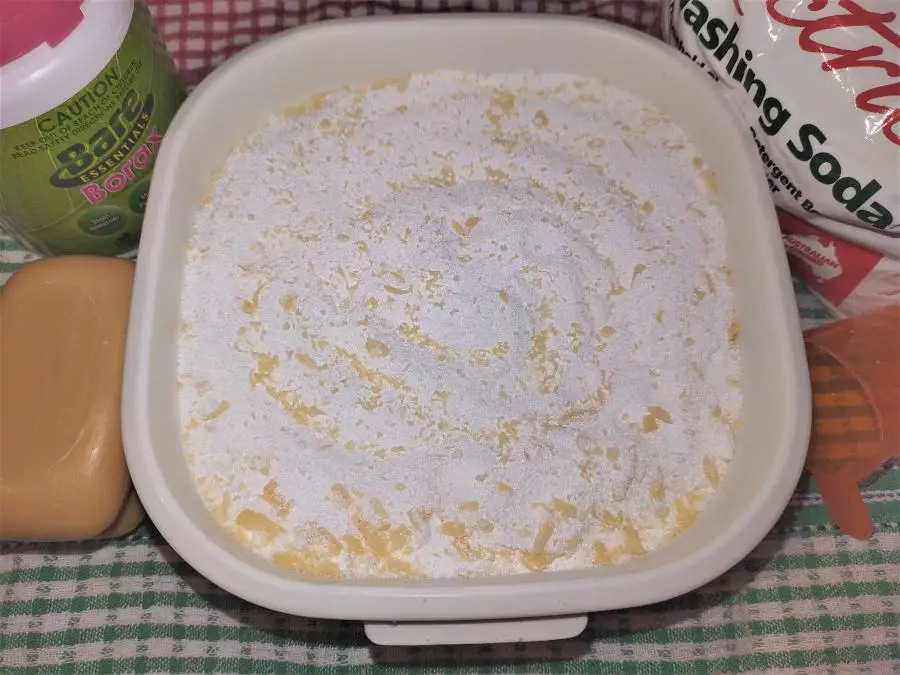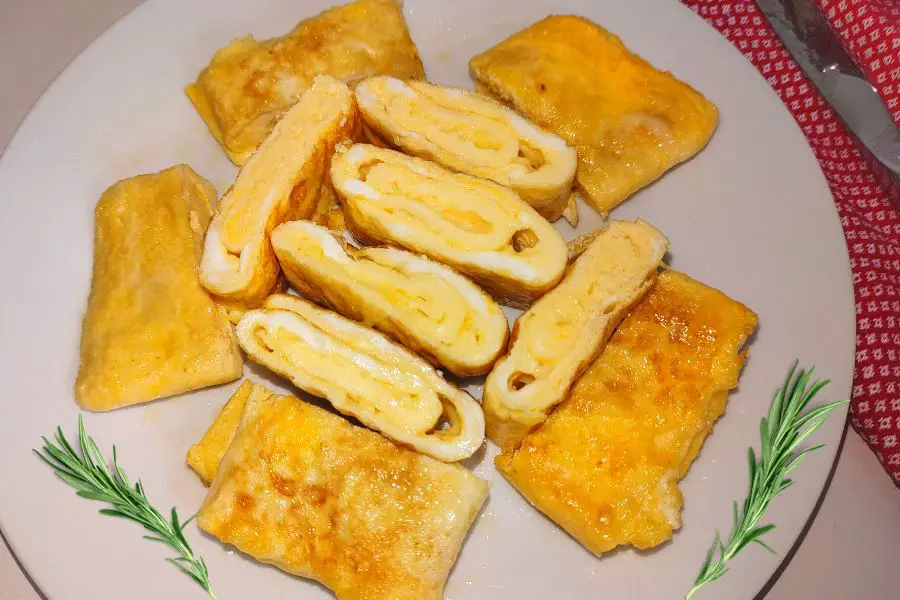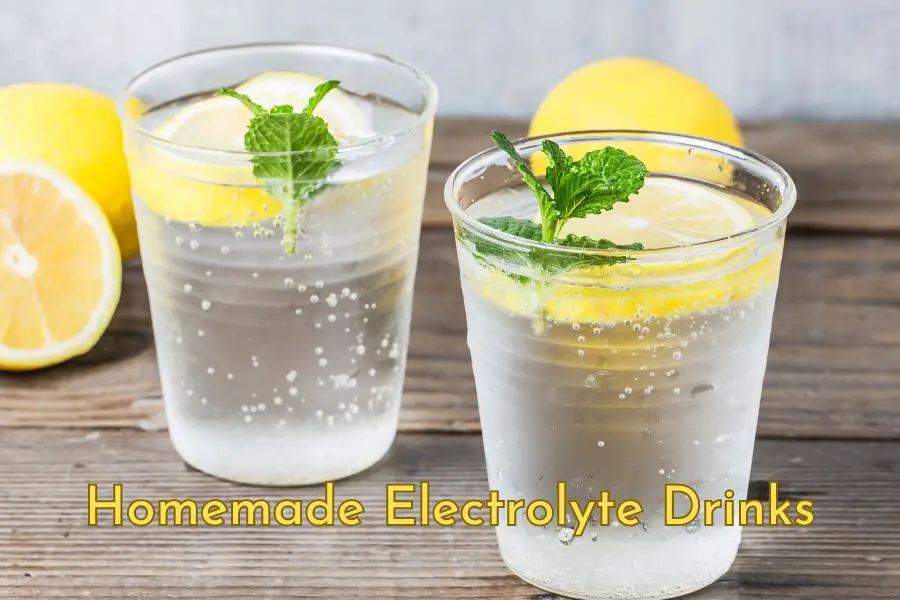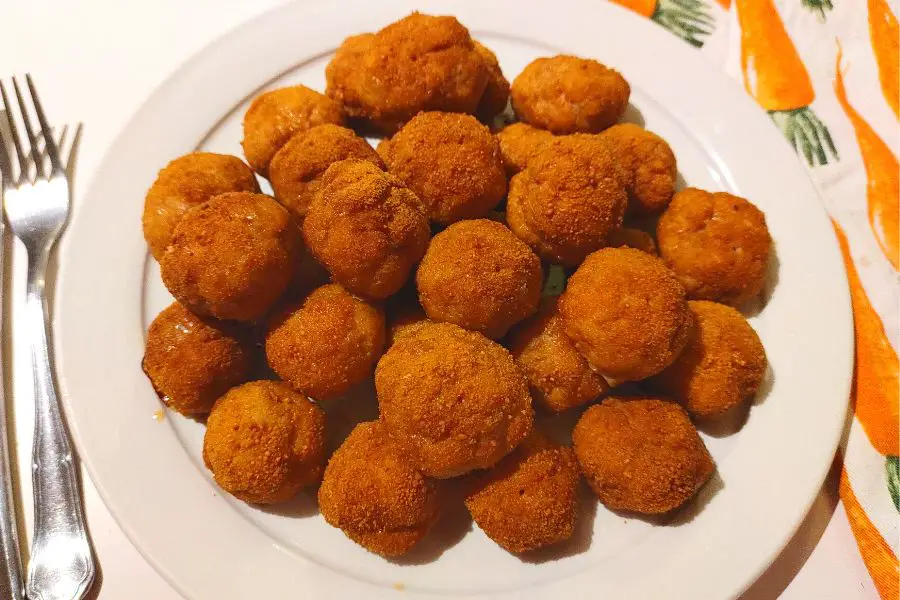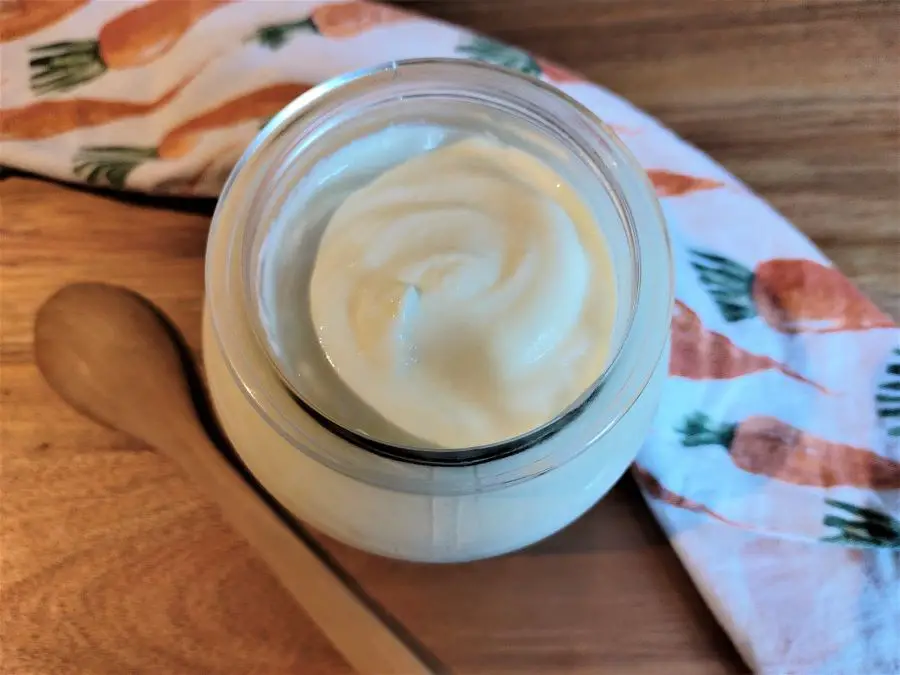This post shows you three ways to make your own laundry detergent using a few basic household items.
Why bother making your own laundry detergent?
People make their own laundry detergent for a number of reasons, including:
- They know exactly what goes into the detergent and comes into contact with their skin. By making their own detergent, they can avoid harsh chemicals or toxins that are bad for their health as well as the environment
- It is easy to make, costs a fraction of store-bought eco-friendly detergent and they can save quite a bit of money.
the overwhelming weight of the evidence supports the contention that many laundry and household cleaning products add significant elevated risk to humans in the domains of reproductive/fertility risk; respiratory/pulmonary (asthma, cardiopulmonary disease) risk; neurological/cognitive (ADHD, autism) risk; metabolic (diabetes, obesity) risk; and oncogenic (cancer) risk
Kaniklidis (2022)
However, there are also arguments against homemade laundry detergent such as:
- Homemade detergent does not wash as well as commercial detergent
- Homemade detergent may ruin your washing machine
- Homemade detergent may turn your clothes yellow over time
- Homemade detergent needs warm or hot water and extra rinse to work properly hence does not really save a lot of money
- Homemade detergent does not work with hard water (which as a high amount of natural minerals that can interfere with the cleaning process).
My main reason for using homemade detergent is I don’t trust those manufacturers and want to know exactly what goes into the detergent.
I’ve tried both borax and borax free recipes and they work fine for us. In addition, to avoid buildups in clothes and in the washing machine, I use commercial detergent every five weeks (i.e. four weeks of using homemade detergent and one week of using store-bought eco-friendly detergent). I know it’s not perfect but it’s better than the alternative.
If you want to make your own detergent, you just need to try it out and see if it works for you. Once you find something that works for you, make a big batch to save time. If not, look for eco-friendly laundry detergent for sensitive skin.
In addition, try to wash your clothes only as necessary to further reduce chemical exposure. Unless it’s summer and you are working out and sweating a lot, most clothes do not to be washed after a single use. Shirts and blouses can be worn a couple of times, jeans 4-5 times, jumpers with an undershirt can be worn for a week, etc.
Common ingredients for homemade laundry detergent
Homemade laundry detergent is often made using the following ingredients:
- Washing soda (this is not the same as baking soda, it is much stronger than baking soda and can be found in the grocery store’s laundry aisle)
- Baking soda (this is just normal baking soda you use in cooking)
- Borax (borax helps remove dirt and brighten clothes and can be found in the laundry aisle as well)
- Salt (can be used as a natural fabric softener and help remove stains)
- Epsom salt (Epsom salt is magnesium sulfate and some use Epsom salt as a laundry booster to soften fabric, but some argue that Epsom salt actually makes water harder and shouldn’t be used!)
- Laundry soap (soap specifically used for washing clothes and can help lift the dirt and grease off the fabric)
- Essential oil (to give your clothes a nice refreshing smell).
Method 1: Using baking soda, washing soda, Epsom salt, salt, and essential oil (Borax free)
Ingredients
- 1 cup baking soda
- 1 cup washing soda
- 1/2 cup Epsom salt
- 1/2 cup sea salt
- 20 drops essential oil (e.g. tea tree oil, lavender oil, or lemon oil).
Instructions
- Mix all ingredients together using a food processor or manually for a couple of minutes
- Store in a container and label it
- Use 1-2 tablespoons per load depending on how large or dirty the load is and using warm or hot water is recommended.
Method 2: Using baking soda, washing soda, soap, and salt (Borax free)
Ingredients
- 1 soap bar (pure soap, tallow soap, laundry soap, or vegetable soap, not moisturizing soap bar)
- 1 cup washing soda
- 1 cup baking soda
- 1 cup sea salt
You will also need a storage container, a cheese grater, or a food processor.
Instructions
- Grate the soap bar or shred it using a food processor
- Mix grated soap, baking soda, washing soda, and salt together for a couple of minutes manually until you get a consistent mix or blend using the food processor
- Store in a container and label it
- Use 1-2 tbs of your homemade detergent per load, depending on how full or dirty it is and using warm or hot water is recommended.
Method 3: Using washing soda, borax, and soap bar
Ingredients
- 1/2 cup borax
- 1 cup washing soda (not baking soda)
- 1 soap bar (pure soap, tallow soap, vegetable soap, or laundry soap, not moisturizing soap bar)
You will also need a storage container, a cheese grater, or a food processor.
Instructions
- Grate the soap bar or shred it using a food processor
- Mix grated soap, borax and washing soda for a couple of minutes
- Store in a container and label it
- Use 1-2 tbs of your homemade detergent per load, depending on how full or dirty it is and using warm or hot water is recommended.
Other recipes that you may be interested in:
What Are the Best Ways to Cook Meat on the Carnivore Diet?
How to Make Your Own Multi-Purpose Cream from Tallow
Super Easy Carnivore Bone Broth Recipe
Homemade Toothpaste for Carnivores
Pure and Natural Homemade Deodorant for Carnivores
Carnivore Sticky Lamb Ribs Recipe
References
A 4-Ingredient Recipe For Natural Homemade Laundry Detergent
DIY laundry detergent: Does it wash up?
Disclaimer: The information in this post is for reference purposes only and is not intended to constitute or replace professional medical advice. Please consult a qualified medical professional before making any changes to your diet or lifestyle. Please check out our disclaimer for more detail.

